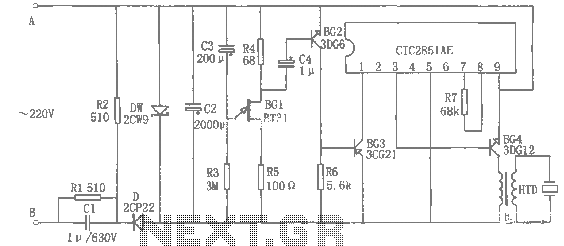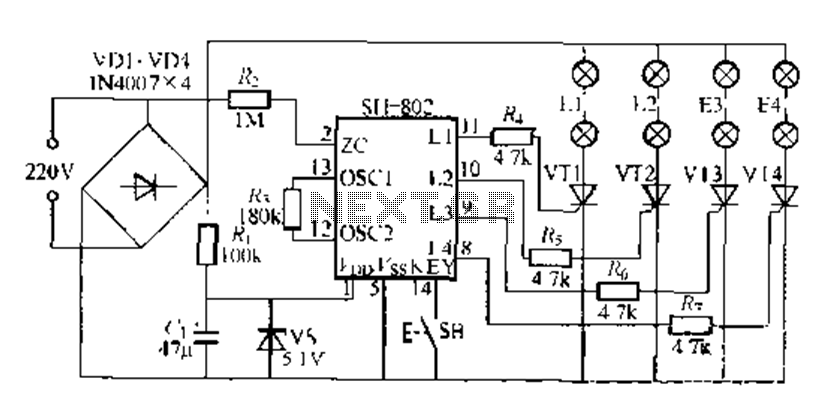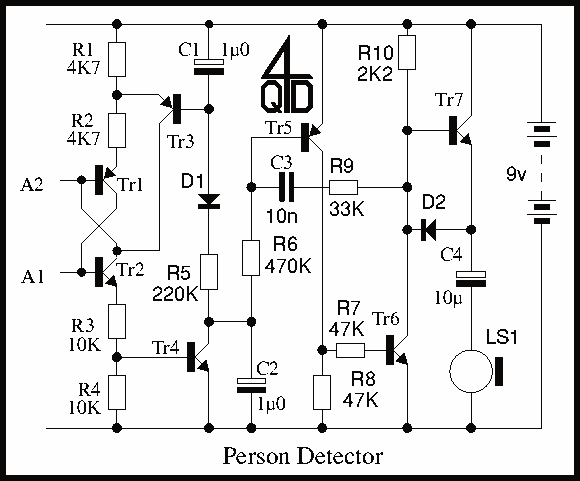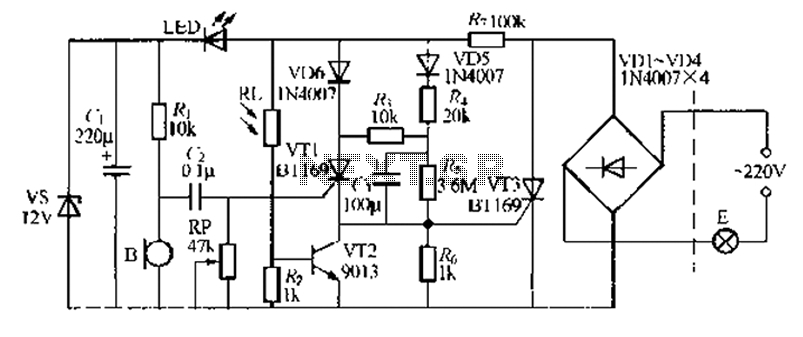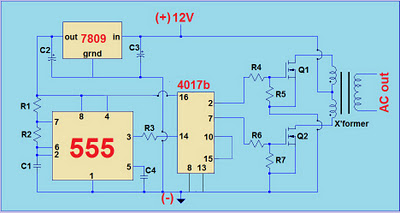
Simple Low-Pass (Lp) Active Filter For 1Khz Circuit
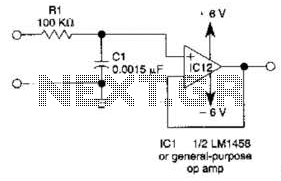
This simple filter utilizes an RC section as the filter element, incorporating a voltage follower to manage other frequencies. The -3 dB point is calculated as 1/(6.28 * RXCV), resulting in a response that drops 6 dB per octave above the -3 dB point.
The described circuit functions as a low-pass filter, where the resistor (R) and capacitor (C) form the essential RC network. The voltage follower, implemented using an operational amplifier (op-amp), serves to buffer the output, ensuring that the filter does not load down the previous stage and maintains signal integrity.
The cutoff frequency, defined as the frequency at which the output power drops to half its maximum value, is determined by the RC time constant. Specifically, the formula for the cutoff frequency (fc) can be expressed as fc = 1/(2πRC). Here, RXCV represents the product of resistance (R) and capacitance (C) in the circuit. The term 6.28 in the description is effectively 2π, indicating the relationship between frequency and the RC time constant.
As the frequency increases beyond the cutoff, the output voltage decreases at a rate of 6 dB per octave, which corresponds to a factor of 10^(−6/20) for every doubling of frequency. This attenuation is characteristic of first-order low-pass filters and is crucial in applications where it is necessary to eliminate high-frequency noise while preserving lower frequency signals.
In practical applications, this filter design is useful in audio processing, signal conditioning, and various electronic systems where frequency selection is required. The voltage follower ensures that the filter can drive subsequent stages without distortion or signal degradation, making it a versatile component in the design of electronic circuits. This simple filter uses an RC section for a filter element, with a voltage follower for other frequencies /3 dB = 1/6.28 RXCV Response drops 6 dB/octave above/3 dB.
The described circuit functions as a low-pass filter, where the resistor (R) and capacitor (C) form the essential RC network. The voltage follower, implemented using an operational amplifier (op-amp), serves to buffer the output, ensuring that the filter does not load down the previous stage and maintains signal integrity.
The cutoff frequency, defined as the frequency at which the output power drops to half its maximum value, is determined by the RC time constant. Specifically, the formula for the cutoff frequency (fc) can be expressed as fc = 1/(2πRC). Here, RXCV represents the product of resistance (R) and capacitance (C) in the circuit. The term 6.28 in the description is effectively 2π, indicating the relationship between frequency and the RC time constant.
As the frequency increases beyond the cutoff, the output voltage decreases at a rate of 6 dB per octave, which corresponds to a factor of 10^(−6/20) for every doubling of frequency. This attenuation is characteristic of first-order low-pass filters and is crucial in applications where it is necessary to eliminate high-frequency noise while preserving lower frequency signals.
In practical applications, this filter design is useful in audio processing, signal conditioning, and various electronic systems where frequency selection is required. The voltage follower ensures that the filter can drive subsequent stages without distortion or signal degradation, making it a versatile component in the design of electronic circuits. This simple filter uses an RC section for a filter element, with a voltage follower for other frequencies /3 dB = 1/6.28 RXCV Response drops 6 dB/octave above/3 dB.
